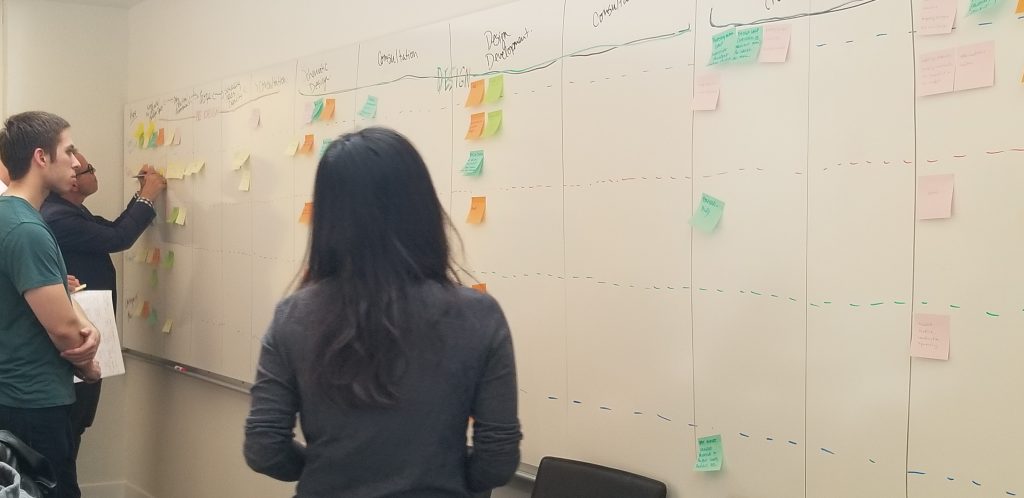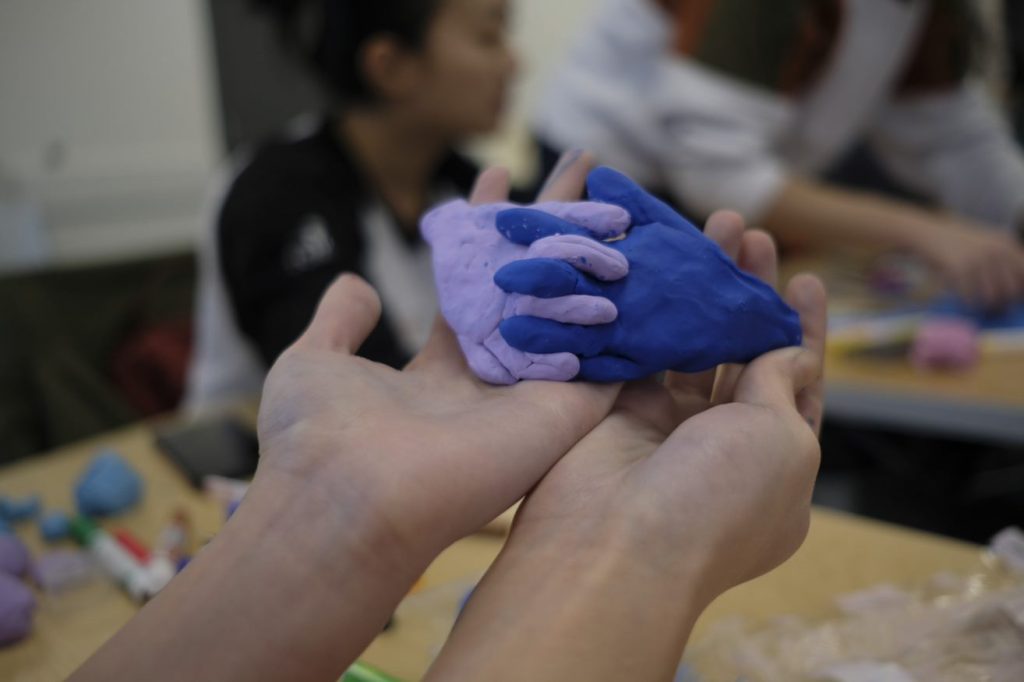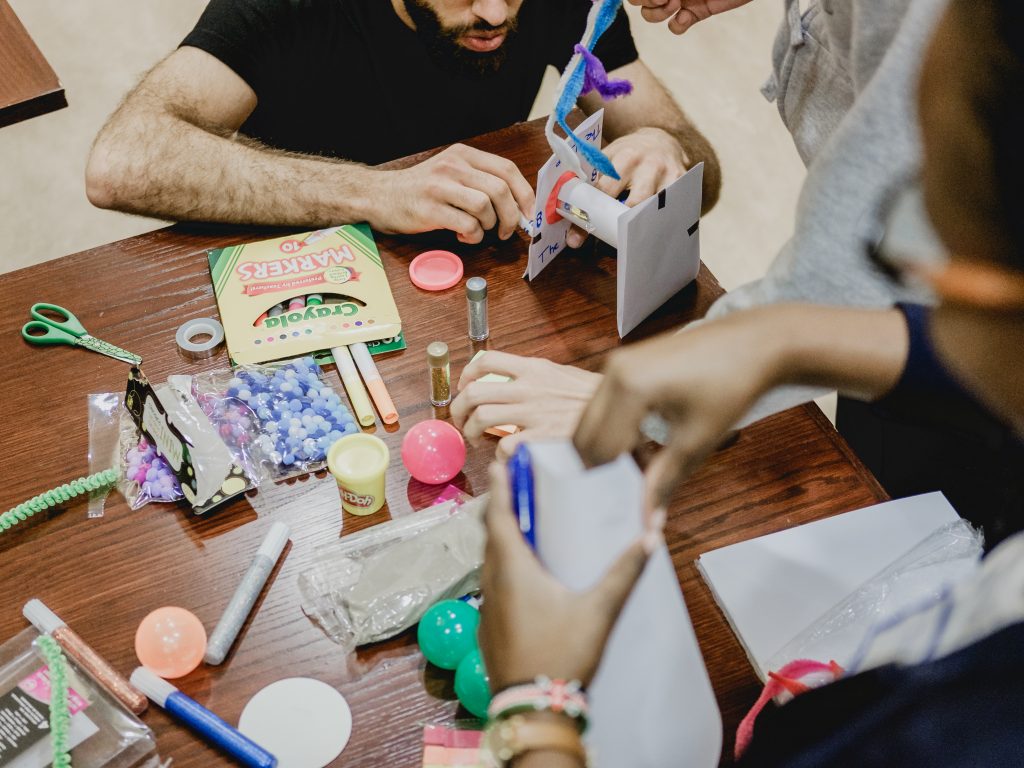By Darren Clift, Writer

Playing with sticky notes isn’t just for kindergarten classrooms. For universities and colleges who practise design thinking, these little pieces of paper serve as creative tools, and a wall covered in rainbow-coloured sticky notes can lead to big ideas. The Innovation Hub’s Transforming the Instructional Landscape (TIL) team experienced this earlier this semester, when we collaborated with our project partners at Academic + Campus Events (ACE) in a Journey Mapping session.




